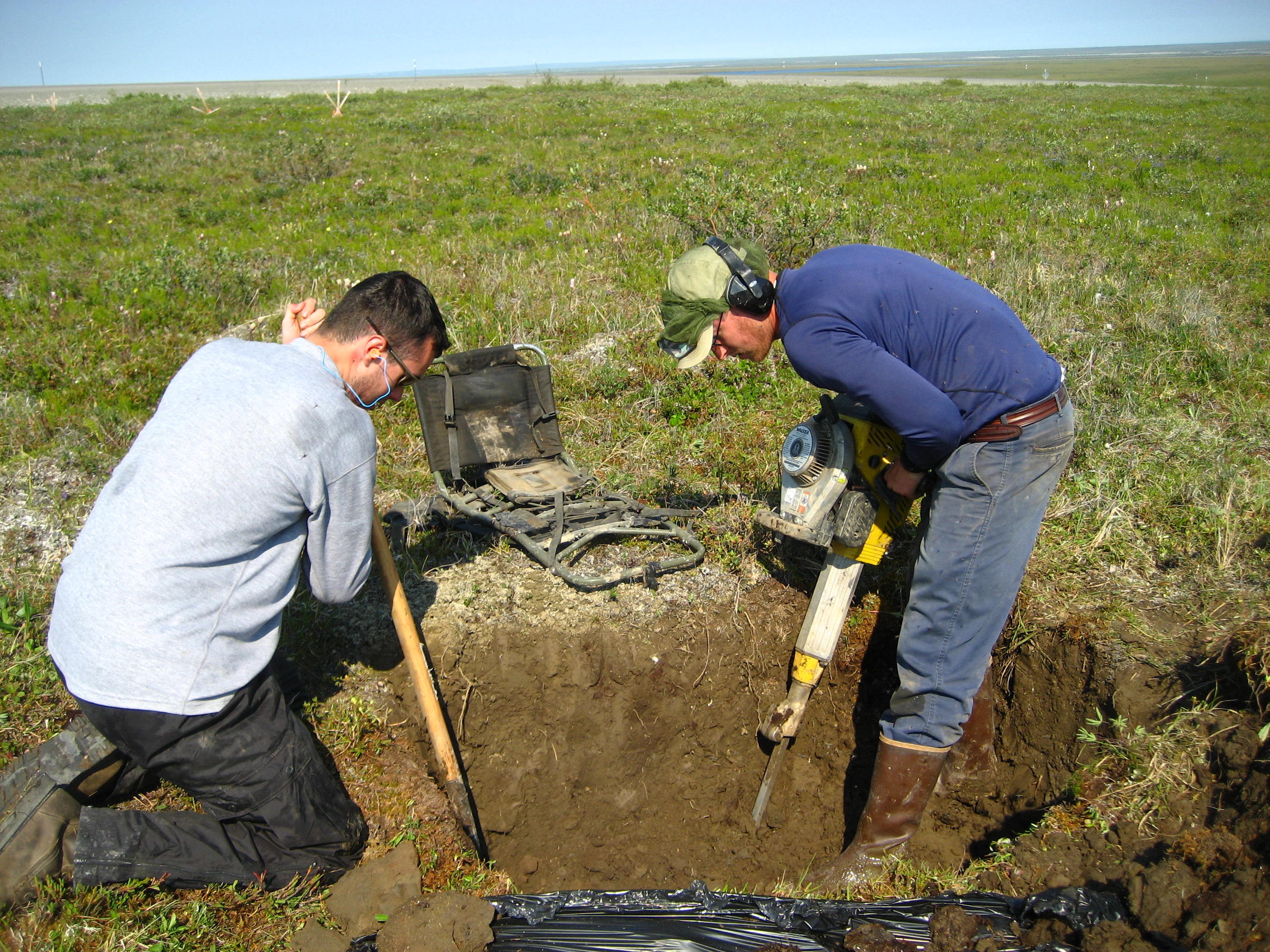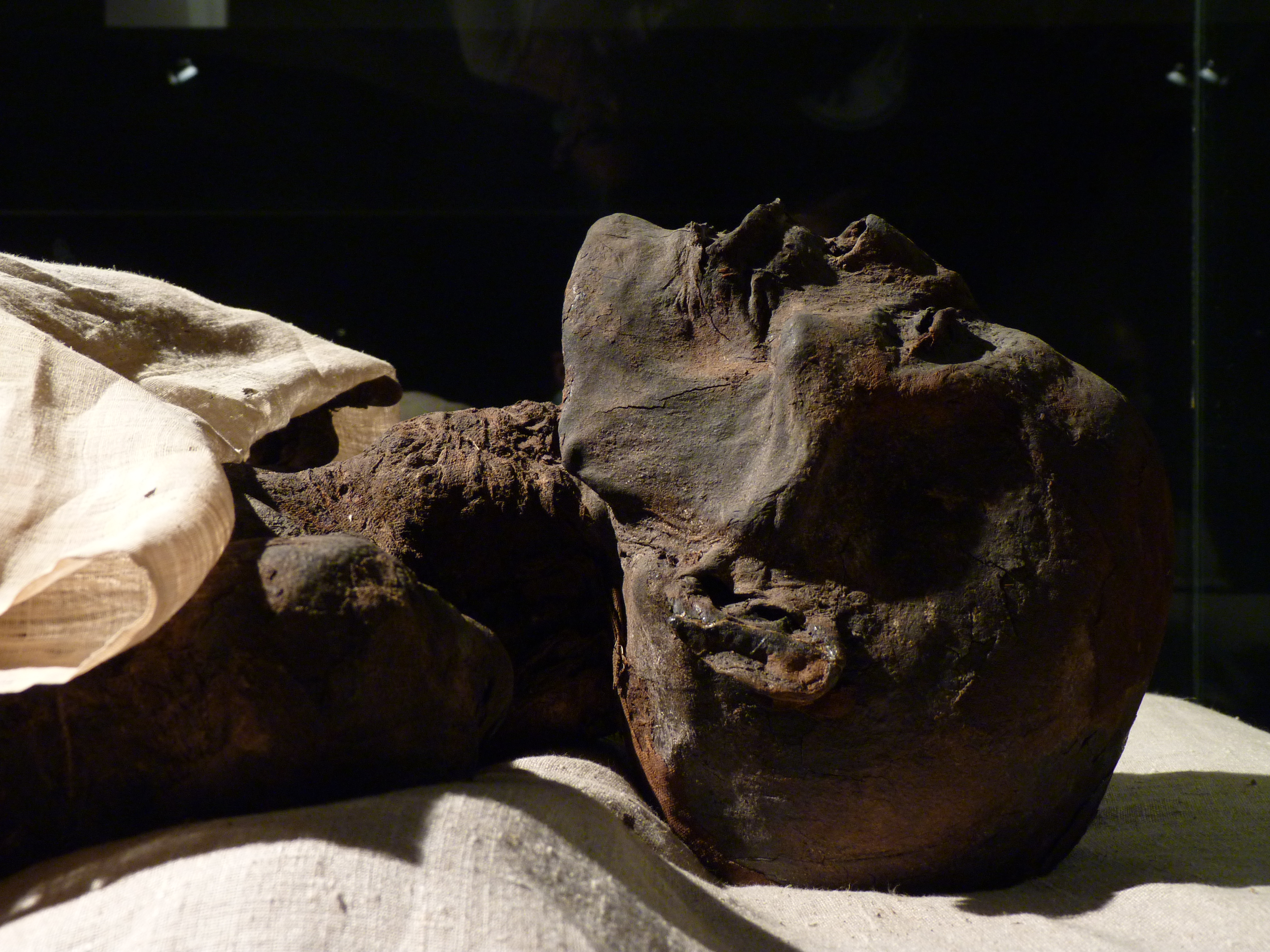|
Ukok Plateau
Ukok Plateau () is a plateau covered by grasslands located in southwestern Siberia, in the Altai Mountains region of Russia near the borders with China, Kazakhstan and Mongolia. The plateau is recognized as part of the UNESCO World Heritage Site entitled Golden Mountains of Altai as an important environmental treasure. It provides a habitat for many of the world's endangered species including one of its least studied predatory animals: the snow leopard. Other endangered species protected there include the argali mountain sheep, the steppe eagle, and the black stork. It is also one of the last remaining remnants of the mammoth steppe. There are several threats to the preservation of the Ukok Plateau, including overuse of the steppe by ranchers, a proposed road, and plans for a gas pipeline between China and Russia. Terminology The Mongolian word ''uheg'' literally means "elongated cabinet", "box", "massive mountain", or big hill with a flat top. According to the oral testim ... [...More Info...] [...Related Items...] OR: [Wikipedia] [Google] [Baidu] |
Russia
Russia, or the Russian Federation, is a country spanning Eastern Europe and North Asia. It is the list of countries and dependencies by area, largest country in the world, and extends across Time in Russia, eleven time zones, sharing Borders of Russia, land borders with fourteen countries. Russia is the List of European countries by population, most populous country in Europe and the List of countries and dependencies by population, ninth-most populous country in the world. It is a Urbanization by sovereign state, highly urbanised country, with sixteen of its urban areas having more than 1 million inhabitants. Moscow, the List of metropolitan areas in Europe, most populous metropolitan area in Europe, is the capital and List of cities and towns in Russia by population, largest city of Russia, while Saint Petersburg is its second-largest city and Society and culture in Saint Petersburg, cultural centre. Human settlement on the territory of modern Russia dates back to the ... [...More Info...] [...Related Items...] OR: [Wikipedia] [Google] [Baidu] |
Black Stork
The black stork (''Ciconia nigra'') is a large bird in the stork family Ciconiidae. It was first described by Carl Linnaeus in the 10th edition of his ''Systema Naturae''. Measuring on average from beak tip to end of tail with a wingspan, the adult black stork has mainly black plumage, with white underparts, long red legs and a long pointed red beak. A widespread but uncommon species, it breeds in scattered locations across Europe (predominantly in Portugal and Spain, and central and eastern parts), and east across the Palearctic to the Pacific Ocean. It is a long-distance migrant, with European populations wintering in tropical Sub-Saharan Africa, and Asian populations in the Indian subcontinent. When migrating between Europe and Africa, it avoids crossing broad expanses of the Mediterranean Sea and detours via the Levant in the east, the Strait of Sicily in the center, or the Strait of Gibraltar in the west. An isolated non-migratory population lives in Southern Africa. U ... [...More Info...] [...Related Items...] OR: [Wikipedia] [Google] [Baidu] |
Siberian Ice Maiden
The Siberian Ice Maiden, known locally as the Altai Princess (), the Princess of Ukok (), Devochka ("Girl") and Ochy-bala (, the heroine of the Altaic epic), is a mummy of a woman from the 5th century BC, discovered in 1993 in a kurgan belonging to one of the Pazyryk burials, from the Pazyryk culture in the Republic of Altai, Russia. It was among the most significant Russian archaeological findings of the late 20th century. In 2012 she was moved to a special mausoleum at the Republican National Museum in Gorno-Altaisk. Overview The mummified remains of the Ice Maiden, a Scytho-Siberian woman who lived on the Eurasian Steppes in the 5th century BC, were found undisturbed in a subterranean burial chamber. Natalia Polosmak and her team discovered the Ice Maiden during the summer of 1993, when she was a senior research fellow at the Russian Institute of Archaeology and Ethnography in Novosibirsk. It was Polosmak's fourth season working on the Ukok Plateau where the institute ... [...More Info...] [...Related Items...] OR: [Wikipedia] [Google] [Baidu] |
Kurgen
A kurgan is a type of tumulus (burial mound) constructed over a grave, often characterized by containing a single human body along with grave vessels, weapons, and horses. Originally in use on the Pontic–Caspian steppe, kurgans spread into much of Central Asia and Eastern, Southeast, Western, and Northern Europe during the third millennium BC. The earliest kurgans date to the fourth millennium BC in the Caucasus, and some researchers associate these with the Indo-Europeans. Kurgans were built in the Eneolithic, Bronze, Iron, Antiquity, and Middle Ages, with ancient traditions still active in Southern Siberia and Central Asia. Etymology According to the Etymological dictionary of the Ukrainian language the word "kurhan" is borrowed directly from the Kipchak, part of the Turkic languages, and means: fortress, embankment, high grave. The word has two possible etymologies, either from the Old Turkic root ''qori-'' "to close, to block, to guard, to protect", or ''qur-'' "to buil ... [...More Info...] [...Related Items...] OR: [Wikipedia] [Google] [Baidu] |
Scythia
Scythia (, ) or Scythica (, ) was a geographic region defined in the ancient Graeco-Roman world that encompassed the Pontic steppe. It was inhabited by Scythians, an ancient Eastern Iranian equestrian nomadic people. Etymology The names and are themselves Latinisations of the Ancient Greek names () and (), which were themselves derived from the ancient Greek names for the Scythians, () and (), derived from the Scythian endonym . Geography Scythia proper The territory of the Scythian kingdom of the Pontic steppe extended from the Don river in the east to the Danube river in the west, and covered the territory of the treeless steppe immediately north of the Black Sea's coastline, which was inhabited by nomadic pastoralists, as well as the fertile black-earth forest-steppe area to the north of the treeless steppe, which was inhabited by an agricultural population. The northern border of this Scythian kingdom were the deciduous woodlands, while several rivers, incl ... [...More Info...] [...Related Items...] OR: [Wikipedia] [Google] [Baidu] |
Bronze Age
The Bronze Age () was a historical period characterised principally by the use of bronze tools and the development of complex urban societies, as well as the adoption of writing in some areas. The Bronze Age is the middle principal period of the three-age system, following the Stone Age and preceding the Iron Age. Conceived as a global era, the Bronze Age follows the Neolithic, with a transition period between the two known as the Chalcolithic. The final decades of the Bronze Age in the Mediterranean basin are often characterised as a period of widespread societal collapse known as the Late Bronze Age collapse (), although its severity and scope are debated among scholars. An ancient civilisation is deemed to be part of the Bronze Age if it either produced bronze by smelting its own copper and alloying it with tin, arsenic, or other metals, or traded other items for bronze from producing areas elsewhere. Bronze Age cultures were the first to History of writing, develop writin ... [...More Info...] [...Related Items...] OR: [Wikipedia] [Google] [Baidu] |
Permafrost
Permafrost () is soil or underwater sediment which continuously remains below for two years or more; the oldest permafrost has been continuously frozen for around 700,000 years. Whilst the shallowest permafrost has a vertical extent of below a meter (3 ft), the deepest is greater than . Similarly, the area of individual permafrost zones may be limited to narrow mountain summits or extend across vast Arctic regions. The ground beneath glaciers and ice sheets is not usually defined as permafrost, so on land, permafrost is generally located beneath a so-called active layer of soil which freezes and thaws depending on the season. Around 15% of the Northern Hemisphere or 11% of the global surface is underlain by permafrost, covering a total area of around . This includes large areas of Alaska, Canada, Greenland, and Siberia. It is also located in high mountain regions, with the Tibetan Plateau being a prominent example. Only a minority of permafrost exists in the Southern Hemi ... [...More Info...] [...Related Items...] OR: [Wikipedia] [Google] [Baidu] |
Pazyryk Culture
The Pazyryk culture ( ''Pazyrykskaya'' kul'tura) is a Saka (Central Asian Scythian cultures, Scythian) nomadic Iron Age archaeological culture (6th to 3rd centuries BC) identified by excavated artifacts and mummified humans found in the Siberian permafrost, in the Altay Mountains, Kazakhstan and Mongolia. The mummies are buried in long barrows (or ''kurgans'') similar to the tomb mounds of Scythian culture in Ukraine. The type site are the Pazyryk burials of the Ukok Plateau. Many artifacts and human remains have been found at this location, including the Siberian Ice Princess, indicating a flourishing culture at this location that benefited from the many trade routes and caravans of merchants passing through the area. The Pazyryk are considered to have had a war-like life. The Pazyryk culture was preceded by the "Arzhan culture" (Initial Scythian period, 8th - 7th century BC). Archaeology Other kurgan cemeteries associated with the culture include those of Bashadar, Tuekta, Ul ... [...More Info...] [...Related Items...] OR: [Wikipedia] [Google] [Baidu] |
Mummy Of The Ukok Princess
A mummy is a dead human or an animal whose soft tissues and organs have been preserved by either intentional or accidental exposure to chemicals, extreme cold, very low humidity, or lack of air, so that the recovered body does not decay further if kept in cool and dry conditions. Some authorities restrict the use of the term to bodies deliberately embalmed with chemicals, but the use of the word to cover accidentally desiccated bodies goes back to at least the early 17th century. Mummies of humans and animals have been found on every continent, both as a result of natural preservation through unusual conditions, and as cultural artifacts. Over one million animal mummies have been found in Egypt, many of which are cats. Many of the Egyptian animal mummies are sacred ibis, and radiocarbon dating suggests the Egyptian ibis mummies that have been analyzed were from a time frame that falls between approximately 450 and 250 BC. In addition to the mummies of ancient Egypt, deliberat ... [...More Info...] [...Related Items...] OR: [Wikipedia] [Google] [Baidu] |
Khüiten Peak
Khüiten Peak ( ; ), also known in China as Friendship Peak (), is a mountain peak in the Altai Range. The international border between China and Mongolia runs across its summit point, which, at , is the highest point in the Altais and the highest in both Mongolia and Altay Prefecture in Western China. The peak is covered in snow year-round. In the past, Khüiten Peak was also officially known in Mongolia as the "Friendship Peak" (, ).See e.g. the index in ; or see the SovieTopo map M45-104 scale 1:100,000, where the name Mt. Nairamdal (г. Найрамдал) is associated with the peak whose elevation is 4374.0 m. The highest peak is also referred to as Nairamdal in Khüiten Peak is one of five peaks of the Tavan Bogd maasif. Another peak, which is about 2.5 km north of it, marks the border tripoint between Russia, Mongolia, and China; the name of that peak is given in international agreements and on maps as Tavan Bogd Peak (, ; , ), or Mount Kuitun (). [...More Info...] [...Related Items...] OR: [Wikipedia] [Google] [Baidu] |








